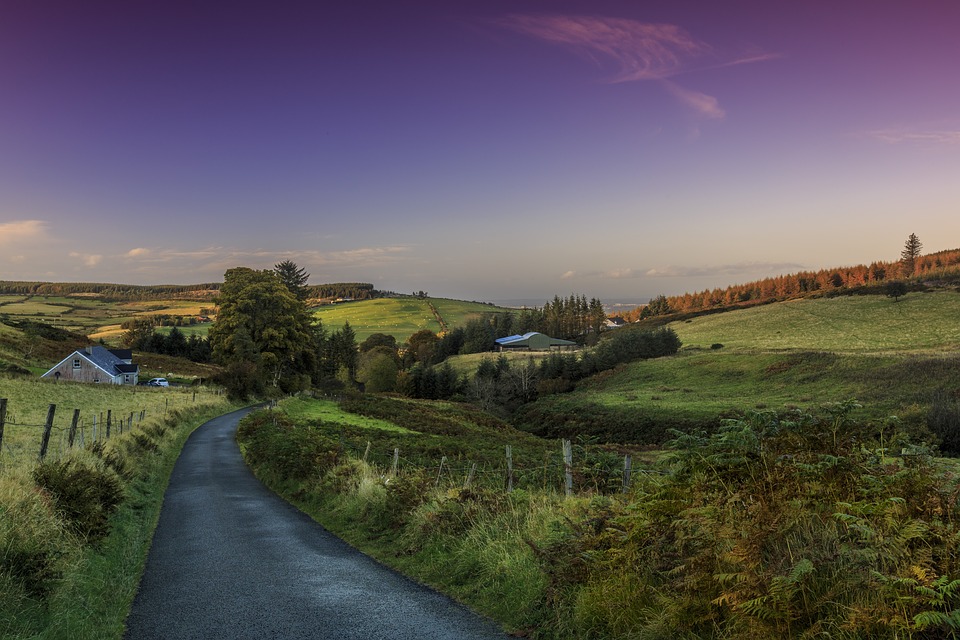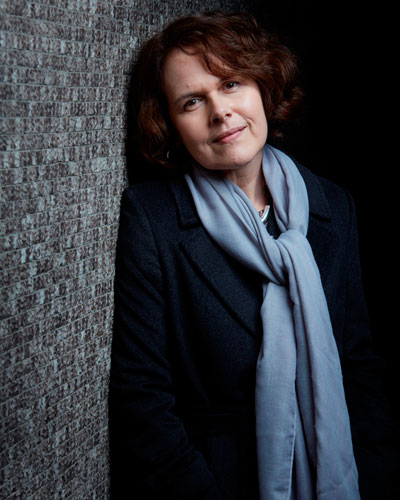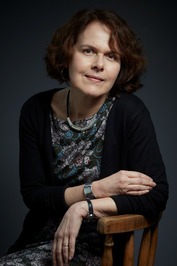IT’S TELEVISION

Discovery Writing & Digging for Niches (The Self Publishing Show, episode 264)







Want to write a crime-fiction story but not sure where to start? Are you between drafts and feeling stuck? Do you feel that you just don’t know enough about police work to write a believable police detective protagonist?
In this conversational and fact-filled handbook, veteran police detective Adam Richardson answers the criminal investigation questions most frequently asked by authors and screenwriters. Unlike many other writing guides about “the cop stuff,” the Writer’s Detective Handbook addresses police procedure and criminal investigation from the storyteller’s perspective.
The Writer’s Detective Handbook: Criminal Investigation for Authors and Screenwriters equips storytellers with the ability to tell a great story while keeping the police-work aspects believable. Reading this book will empower you to write the crime-fiction story you’ve been dying to tell!








Geoff Symon is a 20-year Federal Forensic Investigator and Polygraph Examiner. His participation in high-profile cases includes the attacks on September 11, 2001, the War in Iraq, the Space Shuttle Columbia explosion, the 2002 bombings in Bali and the Chandra Levy investigation, among countless other cases.
He has direct, first-hand experience investigating cases including murder (of all types), suicide, arson, kidnapping, bombings, sexual assault, child exploitation, theft and financial crimes. He has specified and certified training in the collection and preservation of evidence, blood-spatter analysis, autopsies and laboratory techniques. You can reach him at GeoffSymon.com.
Want to add an autopsy that won’t kill your story? Death swings its scythe in every genre, from family funerals to crime scenes to creatures that won’t stay buried. This user-friendly, illustrated reference digs into all things posthumous and postmortem.
Presented as a research manual for the experienced writer, this “Forensics for Fiction” title offers practical approaches and realistic details by covering:
¤ Terms and techniques used during autopsy procedures
¤ Different postmortem professionals and their specialties
¤ The stages of decomposition in different environments
¤ Methods used to estimate the time of death
¤ Case studies in which autopsies cracked the crime
¤ Examples of how to use autopsies in any popular genre
Whether you’re writing about dissection or resurrection, this guidebook covers it all from cadaver to slab as an easy-to-understand resource for dead-on storytelling.


How did you get interested in history?
My interest must have begun in college, when a professor made history more interesting by telling stories which made past heroes real. Since then, I’ve learned that “truth is stranger than fiction”, and am regularly surprised by the limitless things that can happen in life. I also feel that great people of the past deserve to be remembered, and that we can learn from their lessons and mistakes. History is our connection with our ancestors, a continuation of life from our beginnings to our present to our future.
What fascinates you about the history of Ireland?
Ireland is one of the lesser-known, yet most fascinating places in the world. My interest began when I discovered my Irish ancestry, and with my first trip to Ireland I was so hooked, I felt more at home than in New York. Irish history is culturally rich, and archeologists are discovering sites and artifacts older and more advanced than the pyramids.

What’s your creative approach to writing a novel?
I never know where inspiration will come from. I was planning my first book to be about German immigrants in NYC, but on a bus tour in Dublin, our plans were changed from seeing Dublin Castle to seeing Christchurch Cathedral. That day changed my life. Visiting a place as old as the Vikings, feeling medieval tiles beneath my feet, and exploring the underground crypt gave me my first connection with ancient times. From then on, I decided to write about Ireland. I have been inspired by the most unexpected things, like fishing villages, plants, abandoned islands, and even an insane asylum in Wales (which I frequented as a visitor, I might add).
How has your writing process changed over the years?
I used to write from the seat of my pants, but found that subsequent editing required too many drafts, and plot and character fixing. Now I take my time—months–developing an inspiring idea, drawing an outline and doing research until I feel I really know my story and characters. That way, there are no major snags in the plot. Planning definitely shows in the development of the story, and the reader can tell.

How do you write the historical tone of Ireland into your writing?
Historical wording is something I’ve experimented with in various ways for the past few years. At first, I wanted the language to be as modern as possible, as I was addressing a modern reader, and wanted more than just historical readers to enjoy my books. Then I went more literary, striving for heightened language, but found the readers weren’t as fond of that. Now I’m returning to simpler language (with occasionally sprinkled historical words) with a more engaging plot. As far as historical Irish elements, I generally try to make the characters speak with the grammar and vernacular of the culture, as well as using cultural items and situations of the time.
What’s the historical context of Dingle Ireland, 1579?
Ireland of the sixteenth century was under the rule of Elizabeth I, who was fighting a war with Spain. Therefore, Dingle, a busy port, was subject to British rule, Spanish interference, and smuggling, as well as destruction by local Irish warriors fighting against Elizabeth and among themselves. My book talks about the struggle of Ireland’s “Black Earl”, who fought Elizabeth and his relatives to maintain the estate which had been in his family for centuries, a fight which resulted in Dingle being burned a few times.

What are some fun facts from your research that aren’t in the book.
Studying about Dingle revealed interesting facts about struggles from other time periods as well, such as the potato famine’s effect on the town, which brought the establishment of the notorious workhouses, as well as the battle at Smerwick Harbour, where Irish soldiers were decimated by the English. The most fun part of research is always the travel. Dingle is the most magical place in the world. A road winds along cliff-laden coasts where one can catch unexpected views of ancient ringforts, famine cottages, Celtic runes, and the abandoned Blasket Islands. There are few untouched places in the world, but because of an Irish tradition to respect what remains, old sites are not taken down.
Who is Englishwoman Norma Le Blanc and what is she dealing with?
Norma is a fictional character who believes her religiousness makes her superior to everyone, but a carefree, Spanish smuggler who arrives poses the greatest challenge to her ideas. Norma is lonely without her family, who live in England, and finds companionship in Vicente, despite their differences, until she realizes she’s in love. They both have something to learn from one another, as Vicente struggles with his mother’s wish to maintain faith in a God, when it seems as if God has failed him. Through their relationship, Norma learns humility, while Vicente regains his ability to believe.
What did you enjoy most in writing The Smuggler’s visit?
Finishing it? Ha! I always enjoy writing, and every book is different, but the first draft was most enjoyable with this one. Because my outline was established, I went off to a cabin in upstate NY and typed away to my heart’s content, finishing the first draft in two weeks. The editing process took much longer.
What were the most challenging aspects?
Finding detailed information about Dingle’s history was a challenge. Irish history isn’t as well-published as in other countries, and much of the Dingle info was in books or documents in their local library. Thanks to a local historian, I was able to get what I needed.

Do you have a favorite quote?
I collect them and have so many! But I came across this the other day, by Einstein: “Failure is just success in progress.” I think that’s a good thing for us to remember, every time we challenge ourselves to do better.


What’s your creative approach to writing?
I treat it like a job, these days. It may sound unromantic, but writing one or two novels a year takes discipline. I tend to research, write and edit for eight hours, every week day.
Outlining or pantsing?
I like to outline, but always veer away from my plan! I wish I could stick to my blueprint, but I get distracted by better ideas, or juicier characters, so my plans are constantly changing.

When you write crime fiction what comes first? The crime, character, idea?
First the location, then the theme. I fell in love with the Isles of Scilly as a child, for their wild remoteness and knew I had to set a series there.
How do you get to know your characters?
I write detailed profiles, so I know all of their quirks.

What’s the hardest part of writing for you?
Lack of confidence. It doesn’t matter how many books I write, I always reach a point, midway through the writing when my belief takes a nosedive. It takes one heck of a lot of stamina and a robust ego to stay in the writing game.
How has your writing process changed over the years and books written?
I began life as a poet, writing longhand, but now use my computer for pretty much everything. With poetry you have to agonise over every word because the form is so precise, but prose is much more discursive.

Did you write poetry before novels?
I surely did. Two collections, Reversal and The Alice Trap, both published by wonderful London press, Enitharmon.
What do you enjoy most about poetry?
Its impact. If a poem is doing its job well, it can be like a bullet of truth, straight to the heart.

Can you share one of your poems?
Not right now, I’m afraid, I’m deep in the middle of a crime novel, but my poems are floating around on the net if you go looking for them.
What next for you?
Two more books in my Hell Bay series, published by Simon and Schuster, which I’m enjoying enormously.

KATE RHODES is a full-time crime writer, living in Cambridge with her husband, a writer and film maker. Kate used to be an English teacher and has published two award winning collections of poetry. In 2015 she won the Ruth Rendell short story prize. Kate is the author of the acclaimed ALICE QUENTIN series, with the fifth book, BLOOD SYMMETRY published in 2016.
In January 2018 Kate will publish the first novel in a new series, HELL BAY, a crime novel set on the remote Cornish island of Bryher, featuring DI Ben Kitto.
.

...a crime-fictional site
Established in May 2011 to help nurture and inspire the poetic spirit.
A place for poems and pics
a simple pairing of pictures and poetry
Sharing Poetry and Hugs
Persistent WV Poet
A.I. Art and Poetry
short writing prompts
I am the way and the reality and the life...John 14:6
Submit your film, screenplay, novel, to the festival and get it showcased at the FEEDBACK Festival. Full Feedback on all entries.
Military Science Fiction Author